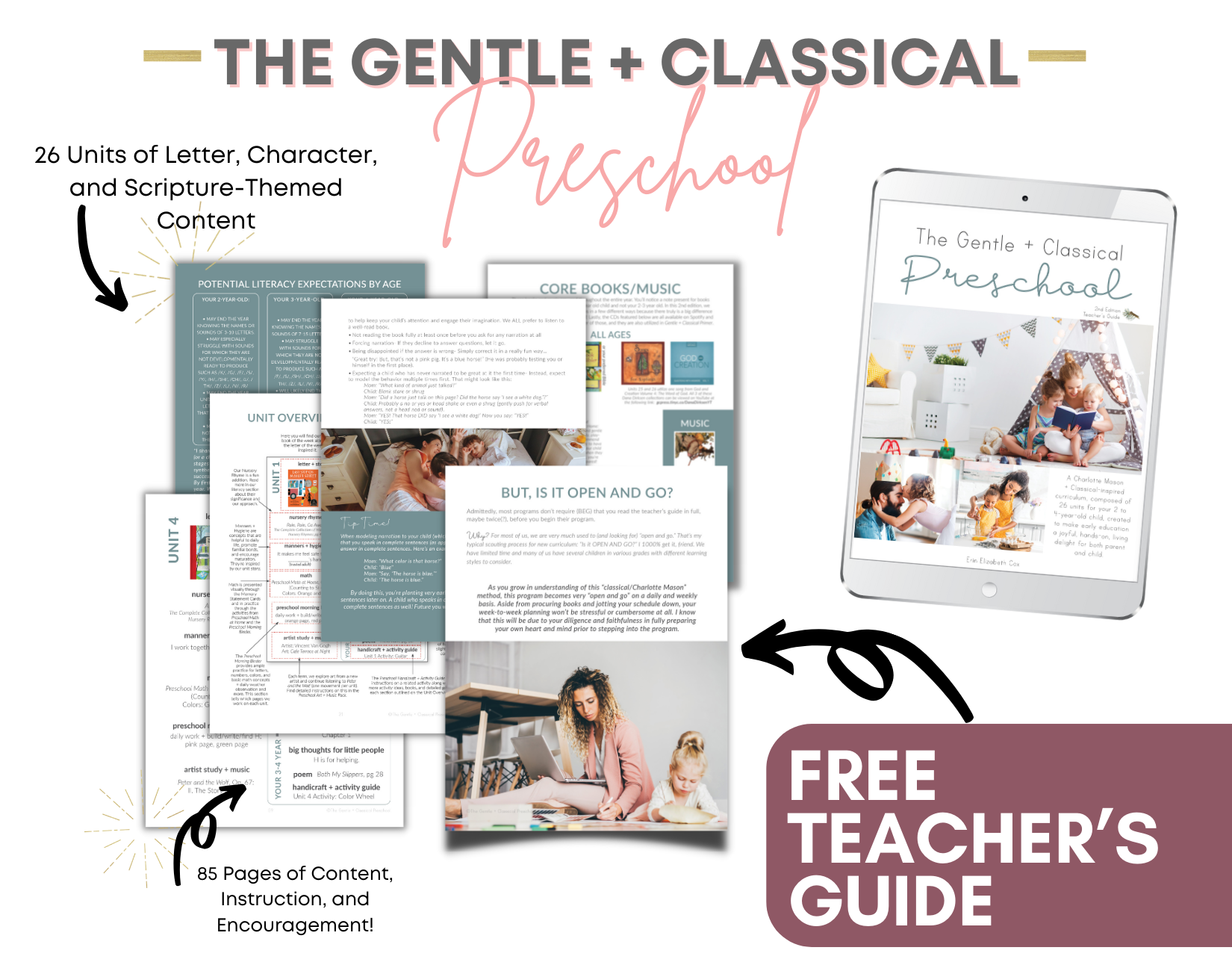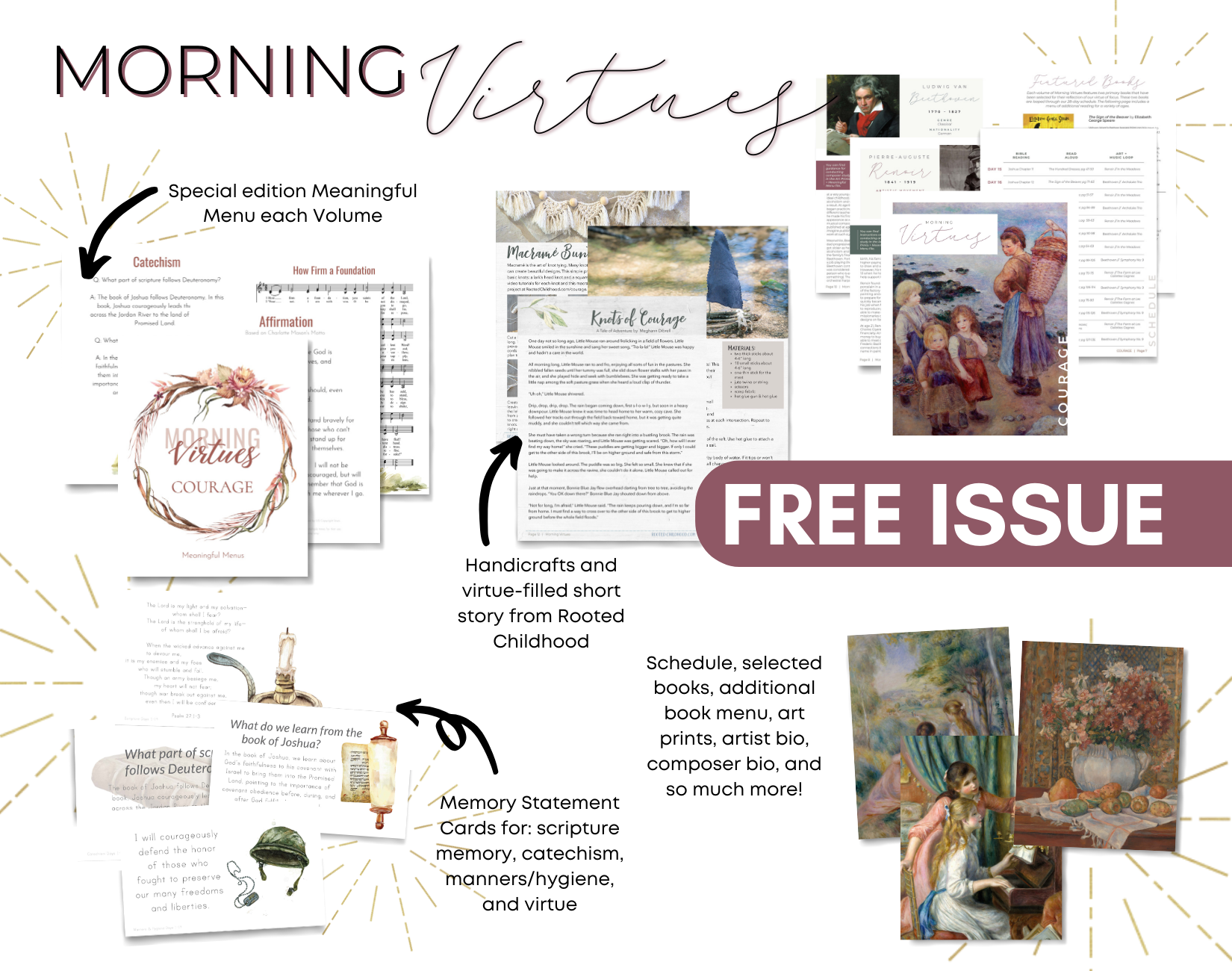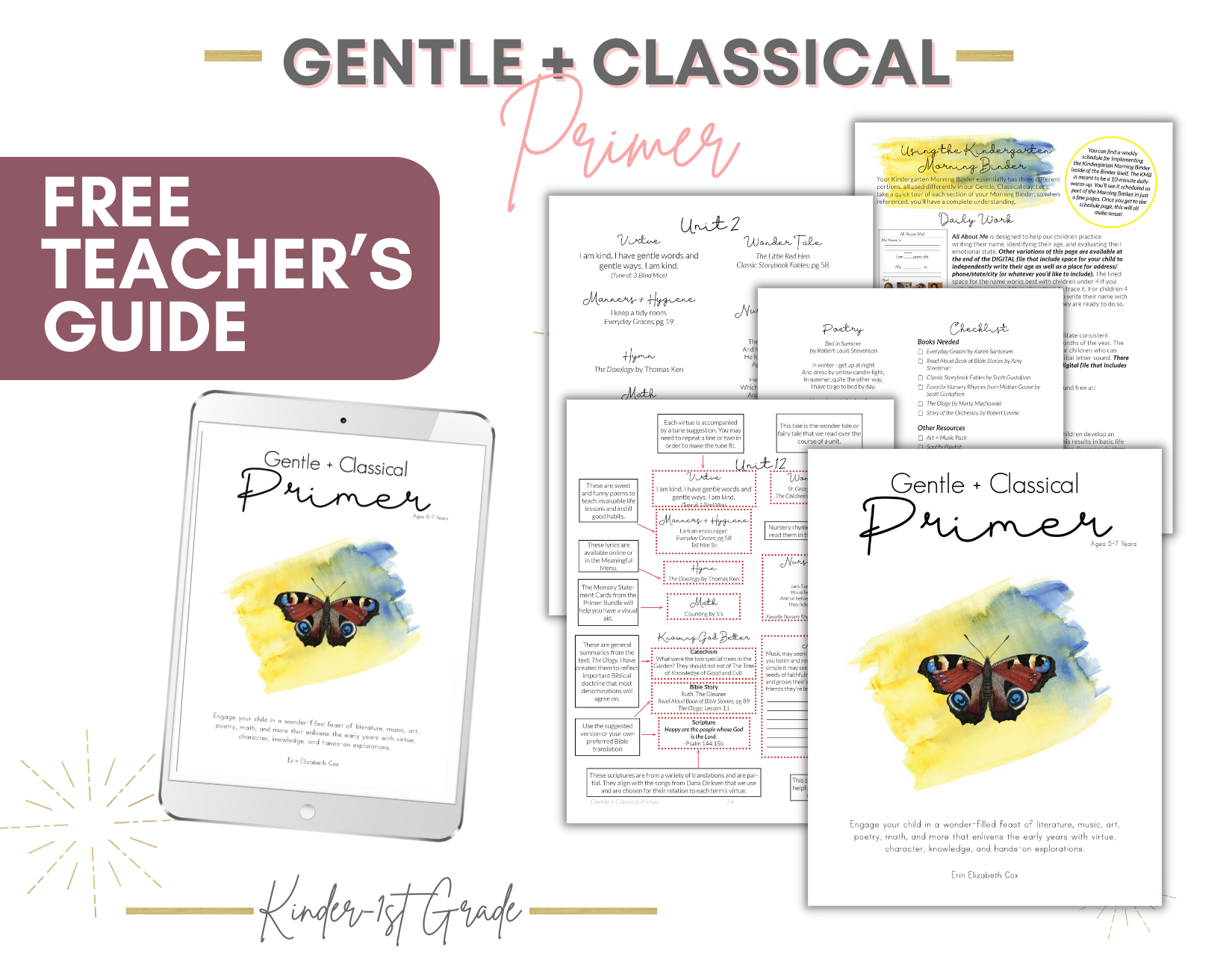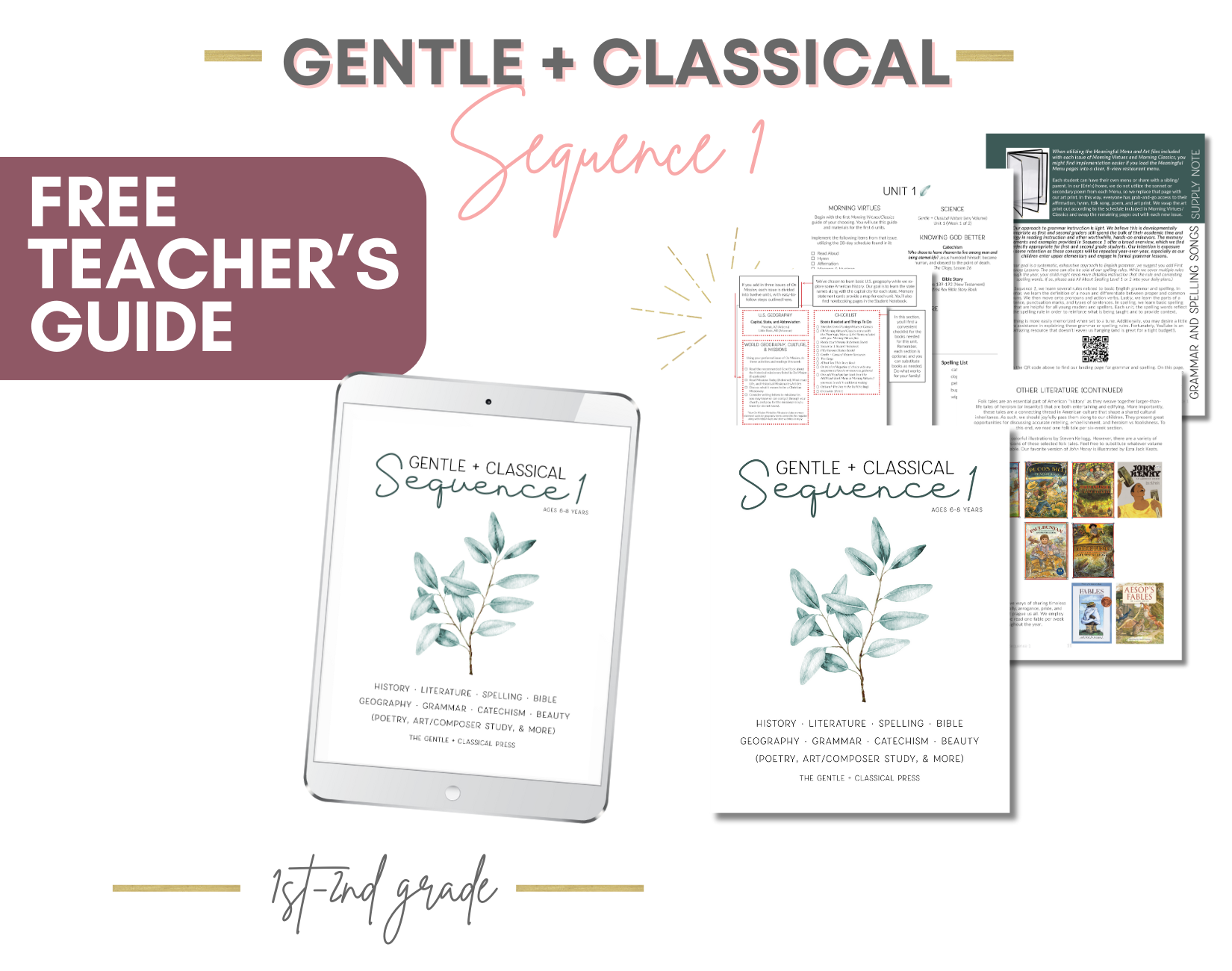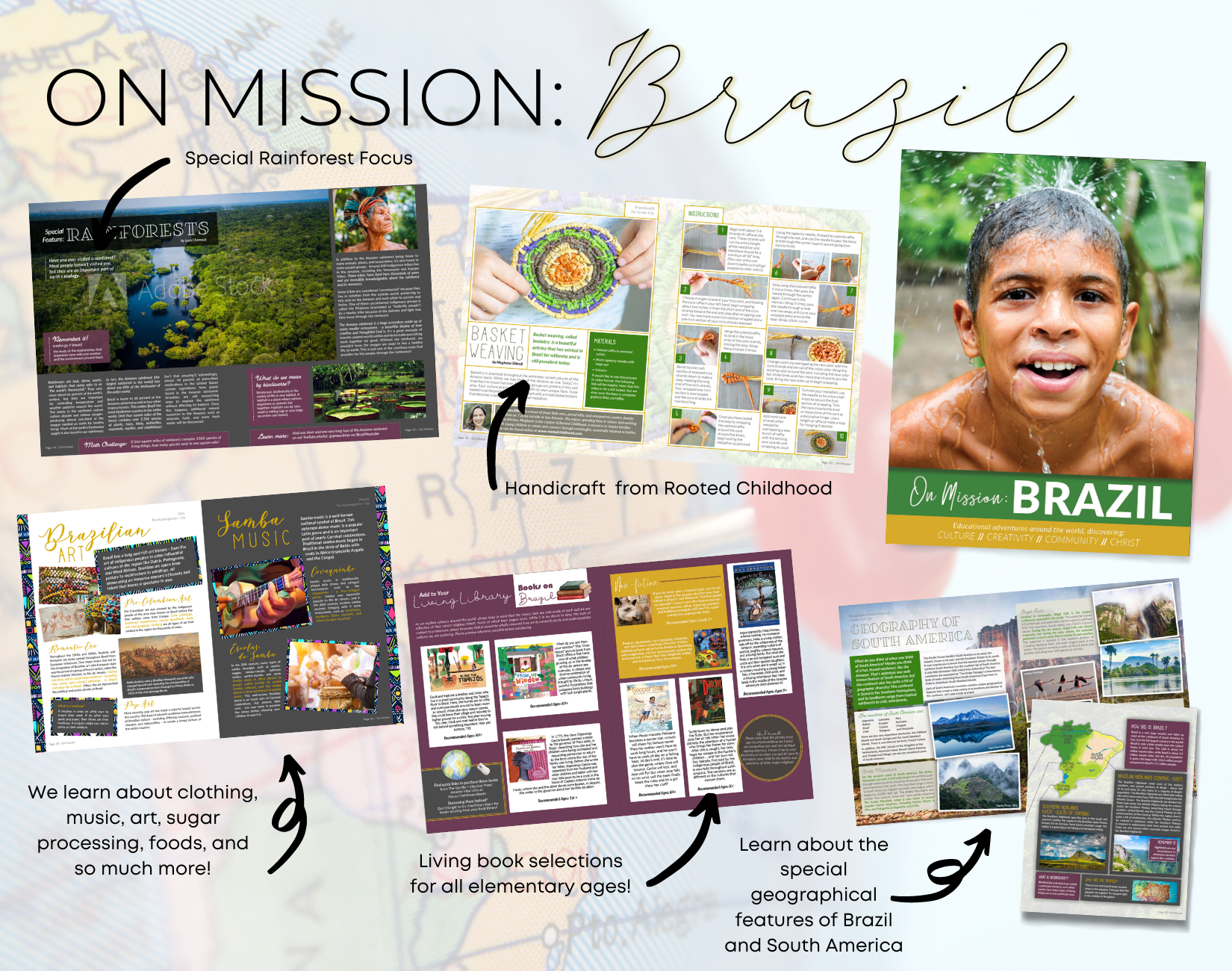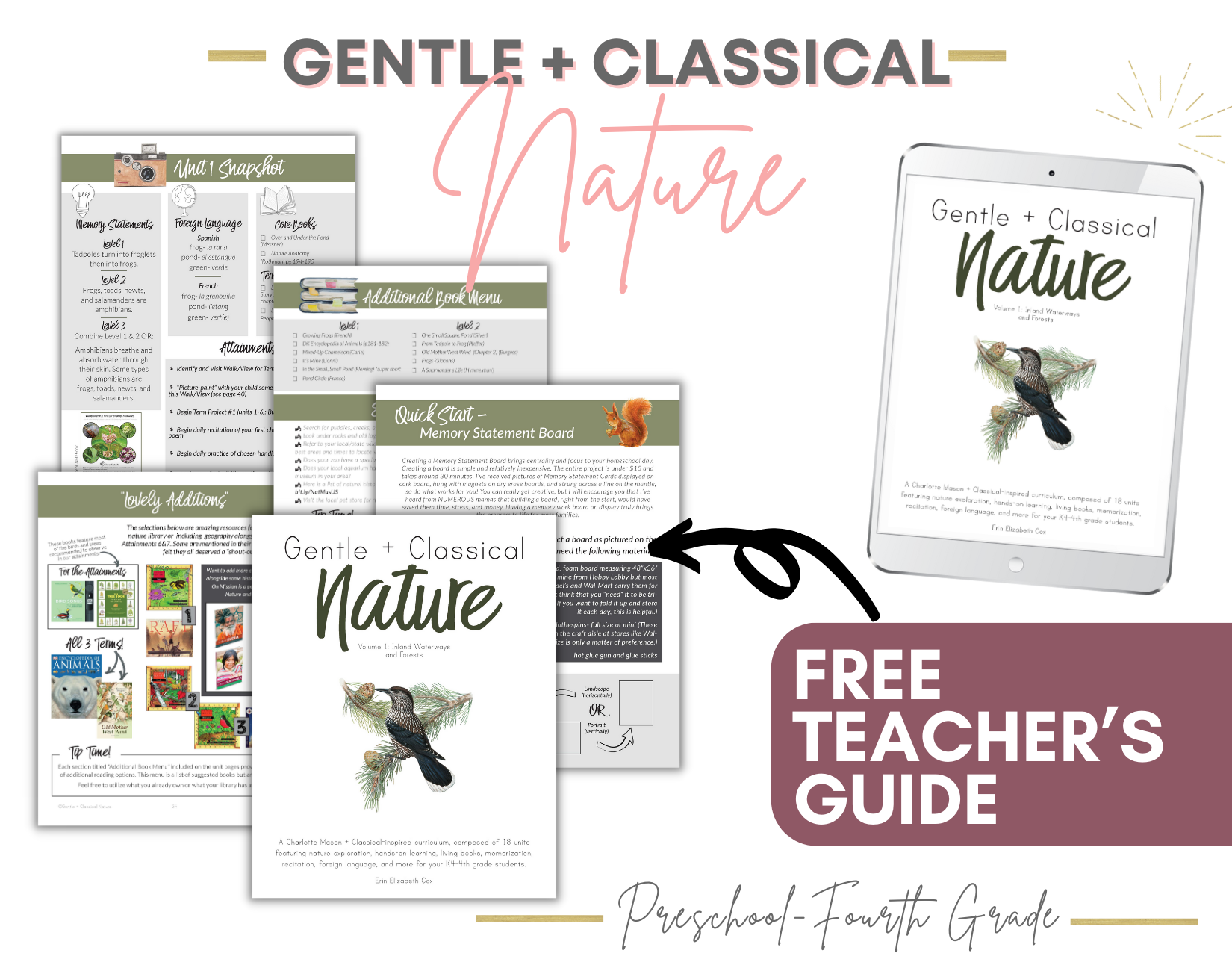The Beauty of Tapestry of Grace in the Rhetoric Years (a very detailed review)
/This is a guest post by my sweet friend, Hayley, for her Curriculum Corner here on my blog. Check out all of her posts HERE.
Homeschooling high school was always something that I looked ahead to with both excitement and fear. When my children were in elementary grades, I felt confident teaching according to a classical model, but as they grew into the middle and high school years, I felt intimidated by the challenging literature and history and by my own lack of knowledge in these areas.
I was excited to learn alongside my kids, but also afraid that I would not be qualified to teach upper level courses. I knew I would need a curriculum that could guide me as I redeemed my own education.
A dear friend had been telling me for a few years how much her family loved Tapestry of Grace, and I could see the results in her son. He was able to carry on deep discussions about topics in history, literature, philosophy, and government with such thoughtfulness and a depth of understanding that I wanted for my children and myself. I had looked at so many other classical courses for high school, but I kept feeling called back to Tapestry of Grace.
I was hesitant to commit to such a costly curriculum without being certain it would be the right fit for my family, but through a series of events that can only be credited to God’s provision, I was able to use a full year of Tapestry of Grace for no cost. We are now in our second year using this program, and it has been such a blessing to my family!
CONS
I really can’t say enough good things about Tapestry of Grace, but no curriculum is perfect, so let’s go ahead and get the cons out of the way first.
Tapestry of Grace is meant to be a sort of “buffet of choices.” There are more book suggestions than you can possibly read in a year, but being a completionist, I couldn’t stand the thought of missing out on a book. When I looked at all the books in the rhetoric program, it seemed impossible. Also the layout of the guide took some time to get used to. It is actually well organized for how much content is included, but because there is so much information in each week’s plan, it did take some time to familiarize myself with the layout and gain confidence in using it efficiently.
This curriculum is not cheap! I drooled over ToG for three years before I finally got a chance to use it. Just the guides cost $309, not to mention all the books required. I just could not justify spending so much money without knowing for sure that we would love it. It was only after borrowing the guides from a friend for a year that I finally got a chance to see that it is worth every penny.
Because the guides are packed with so much content, they take up a lot of shelf space. For the dialectic and rhetoric stages, there are around 20+ books for the year. If you plan to purchase all of them, you’ll need plenty of bookshelf space for those as well.
Last year I used the rhetoric level (high school) with my son, and this year I’m using rhetoric again with him as well as a combination of upper grammar and dialectic (middle school) with my daughter. I think the content for rhetoric and dialectic is the best curriculum I’ve ever seen (and I’ve seen a lot!), but for the lower grammar and upper grammar, it’s very similar to some less expensive programs. If you only have elementary aged children, I would not recommend spending so much on a curriculum. However, if you plan to use it for your middle and high school aged children, it’s great for younger siblings to join in and use the book recommendations for their level.
ToG is a time commitment for the teacher. I spend about an hour or two a week pre-reading all the summaries for the coming week. I also have daily discussions with my children about their readings for the day. These conversations sometimes go on for a hour or more. Because I have two younger children, this can be tough to balance. The positive behind all this is that I’m learning so many things as well, and my teen and preteen are spending some quality time with me every day. Can’t beat that!
Now for the PROS!
As I mentioned before, when I was stalking the Tapestry of Grace website prior to using it, I felt so overwhelmed by how it was laid out. The guide seemed so confusing and all the book options stressed me out. Once I got the physical copy in my hand though, I realized that it is such a simple layout and very easy to follow. It took some time to get familiar with it, but now I can breeze through my weekly planning with no trouble. And all those book options make it easy for me to choose books that fit my budget or are available at my library.
The teacher’s pages are probably my favorite part about ToG. For each week, there are several pages in the guide that give the teacher a summary of everything your student will read in that week’s assignments. It’s a life saver for when I don’t have time to pre-read lessons. I’m still able to discuss the topics with my children, plus I’m learning so much just from those summaries! The teacher’s guide also has very detailed answers to all the student questions, which is so helpful in directing the weekly discussion.
I mentioned in the cons section that ToG is a very expensive program. This year, between the printed edition and all the books my two older children needed, I spent right at $700. That’s not a small amount for my family. But the truth is that you get a lot of bang for your buck. For my high schooler, he will earn credits in six subjects using Tapestry: history, literature, government, church history, art history, and philosophy. When I figure that he’s getting several credits for that price, and I can save the program for my other three children, it’s really a worthy investment. For my daughter in the dialectic stage, I was able to find almost all of her books at the library. Now that I have some experience using ToG, I have learned a few tricks about which books to purchase, which ones to borrow from the library, and which ones to skip all together. (An organizational post is forthcoming!)
The way Tapestry of Grace has influenced my children has been the most impressive benefit. Even though we are mostly aligned with classical education, I have always been highly influence by Charlotte Mason’s principles. One of my favorite things about her methods is the concept of spreading a feast of ideas before your children and watching them make connections between those ideas. ToG does this beautifully. Many programs will have students reading historical fiction written ABOUT a time period, but in the dialectic and rhetoric levels, they read literature that was written DURING the historical period we are studying. What is amazing about this is that the students begin to make connections with how the events happening in the world influenced the worldview of these authors. Because they are also studying the art, the history of the church, the government documents, and the philosophers of the time period, they can also see how all the ideas are connected and how they shaped each other.
Just recently, we were learning about the deism of our founding fathers and my son came to me and said, “I never realized it until reading this, but I think that a lot of people today call themselves Christians, but are more like deists. They believe in God, but they don’t think He’s a personal God they should worship.” We went on to have an amazing conversation about what it means to have a personal relationship with Jesus. That discussion happened because of ideas he has encountered through Tapestry of Grace.
PRICE
Tapestry of Grace offers several different options for purchasing their curriculum. You have the choice between digital or print, as well as buying the entire year or buying one unit at a time. They recently began offering the option to purchase just the age level that you need, which is significantly cheaper.. Here’s a breakdown of the prices.
Print copy of the full year: $309.00
Digital edition of the full year: $189.00
Print copy of individual units: $87.00 each
Digital edition of individual units: $49.00 each
Individual Digital Editions of Rhetoric or Dialectic-$100.00 each
There are several supplements available for ToG. Some of them are must-haves for the dialectic and rhetoric levels, and others are nice to have, but not required.
Map Aids: $35.00-These are great to have for the geography portion of the program. You could technically just find and print your own maps, but it’s very convenient to have everything already compiled for you.
Planning Aids: $12.00 per level-These are only available for the Lower and Upper Grammar Levels and are not necessary for older students.
Writing Aids: $50.00-This is Tapestry of Grace’s writing program. It has descriptions of the different writing assignments found in the guides. In my opinion, there are better writing programs available.
Evaluations: $20.00 per level-These are weekly and unit tests and answer keys. I have never used these, so I can’t offer an opinion. Instead, I use a rubric for our weekly discussions in order to evaluated how well my children have learned the material.
Pop Quiz: $50.00-I have never used these, but I think the concept is awesome. They are audio cds for Dad (or Mom) to listen to each week so they know what the students have been learning and can engage in conversations about the material.
Government Documents: $15.00-This comes as a CD or digital download, and in my opinion they are necessary. I print these out and keep them in a binder for my son. It includes all the government documents they will study over the course of the year.
Poetics: $40.00-This is an amazing resource for literary analysis that could be useful even at a college level. I’ve learned so much from this book! There is a digital edition of this available, but it is basically useless because of the complex layout of the book and how much content is included. You will use this book for all four years of ToG. The digital edition is not printable, so definitely invest in a printed version.
Shorter Works Anthology: $25.00-This is available for Years 2 and 3 and is a must-have. It includes all of the short stories, poems, and essays they will read for the year. I print this and keep in a binder for my son.
Tapestry of Grace is a great choice for families with older students, who want to give their kids a thorough classical education, but would love guidance and personal growth in the process.

